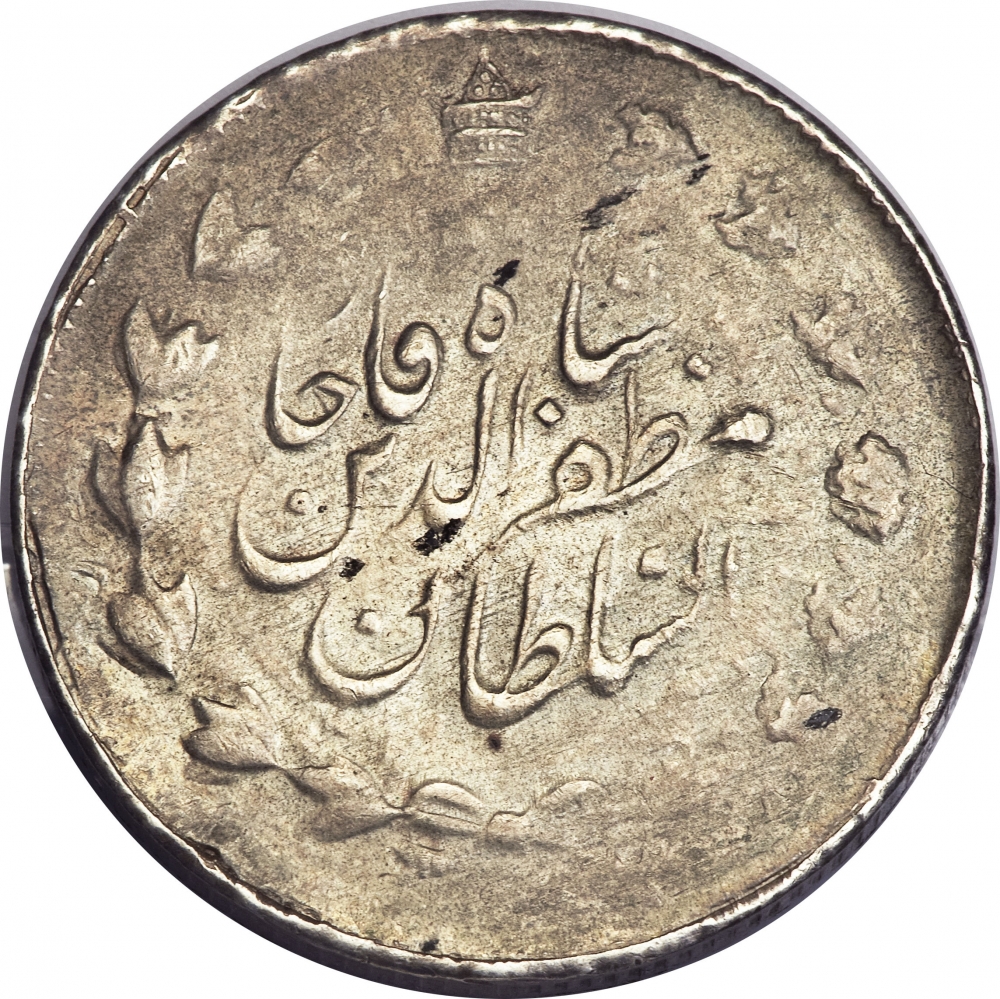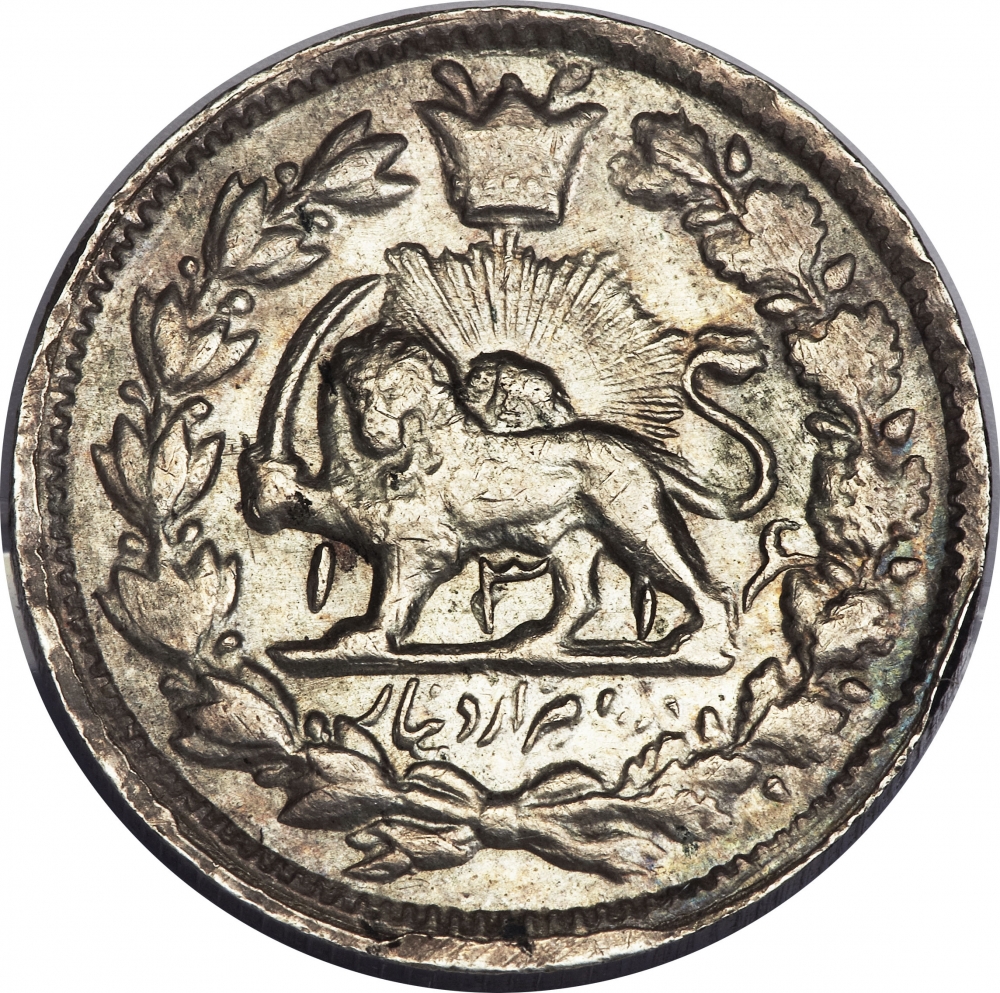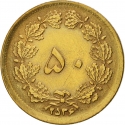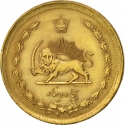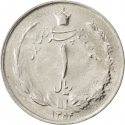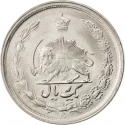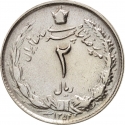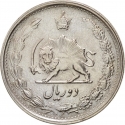You are about to finish your registration. Please check your mailbox (including spam folder). There should be a letter with a confirmation link. Check setting to make sure that your e-mail address is correct.
Send letter againDescription
The Persian Empire is any of a series of imperial dynasties centered in Persia (Iran). The Qajar dynasty was an Iranian royal dynasty of Turkic origin, which ruled Persia (Iran) from 1785 to 1925. The state ruled by the dynasty was officially known as the Sublime State of Persia.
Historically, Iran has been referred to as Persia by the West, due mainly to the writings of Greek historians who called Iran Persis (Περσίς), meaning "land of the Persians." As the most extensive interactions the Ancient Greeks had with any outsider was with the Persians, the term persisted, even long after the Persian rule in Greece. In 1935, Reza Shah requested the international community to refer to the country by its native name, Iran.
Obverse

|
Farsi legend "al-Sultan Mozaffar ad-Din Shah Qajar" in the center circle. السلطان مظفرالدین شاه قاجار |
|---|---|
Reverse

|
Depicts coat of arms of Iran (sun and lion holding a sword in the center within a wreath). The date “1316 ۱۳۱۶“, between the lion legs. The denomination “ 2000 Dinar دو هزار دینار “ is at the bottom. ۱ ۳ ۱ ۶ |
| Edge |
